NPT, NPTF, BSPP, and BSPT
Knowing the thread designation is very important to choose the right connection in threaded joints.
The two major classifications are based on American ASME/ANSI and British BS standards.
Here we are going to look at four standards about different types of threads.
ASME B1.20.1 – NPT
ASME B1.20.1 is the standard that talks about pipe Threads for general purpose applications.
The most famous and common type of thread in this standard is NPT that is the abbreviation of National Pipe Taper.
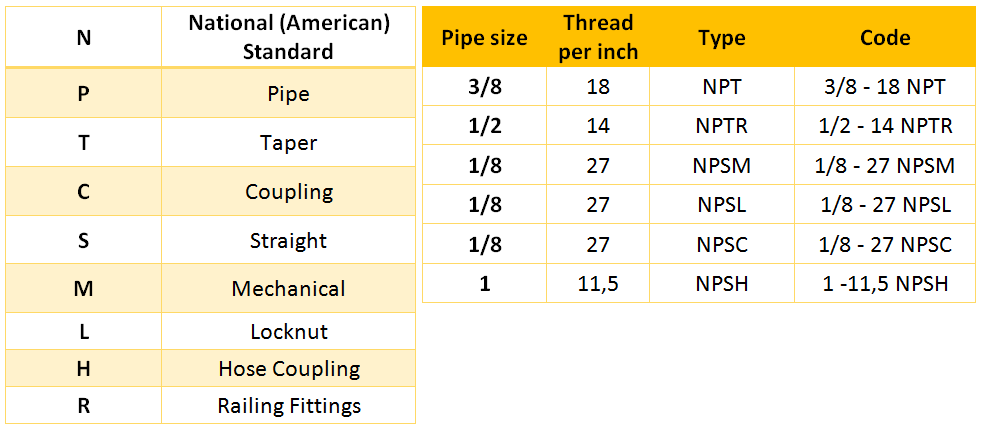
Some manufacturers use other codes to indicated internal and external threads:

Note that MPT and FPT are not authorized by ANSI.
NPT(F) as the internal NPT is completely different from NPTF which is the subject of the ANSI B1.20.3.
Design of NPT
- The angle between taper and center axis of the pipe is 1° 47’ 24” (1.7800°)
- Truncation of roots and crests are flat
- 60° thread angle
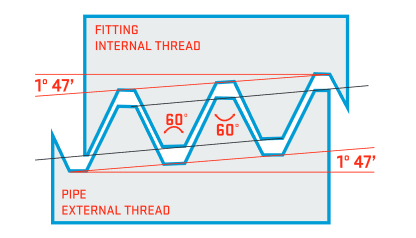
Commonly used sizes include 1/8, ¼, 3/8, ½, ¾, 1, 1 ¼, 1 ½, and 2 in.
NPT taper pipe threads are intended to be made up wrench-tight and with a sealant (ex. Teflon) whenever a pressure-tight joint is required.
ANSI B1.20.3 – NPTF
ANSI B1.20.3 is another American standard that deals with threads. The difference of the threads in this standard with NPT is that the threads are designed to seal pressure-tight joints without the necessity of using sealing compounds.
Construction
The roots of both the external and internal threads are truncated slightly more than the crests, roots have wider flats than crests so that metal-to-metal contact occurs at the crests and roots coincident with or prior to flank contact.
So, by this method, NPTF eliminates the spiral leakage path.
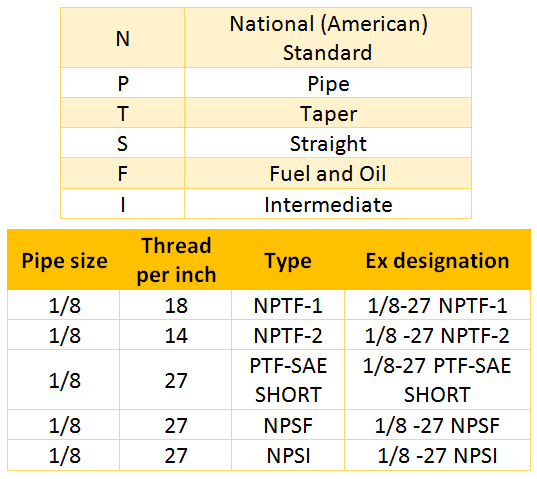
The table below shows the different types of thread presented in ANSI B1.20.3.
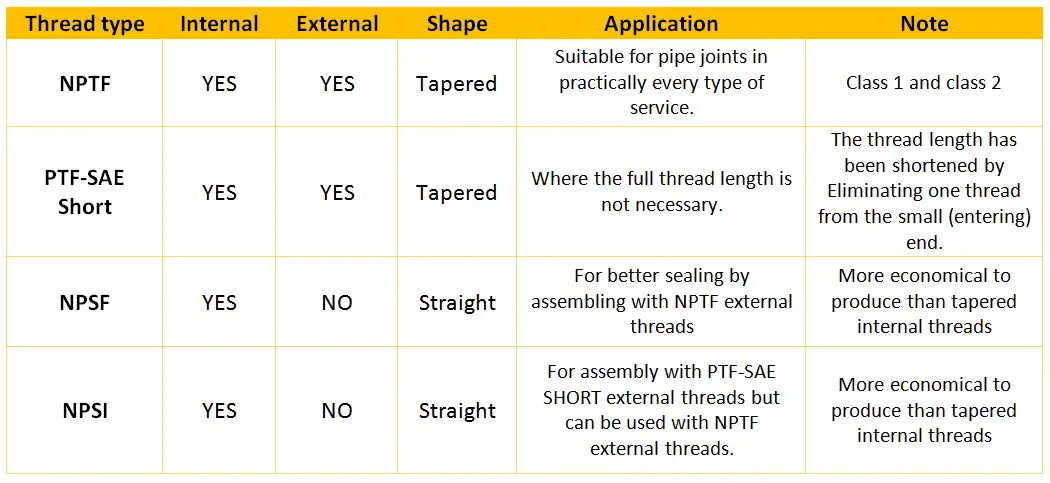
Note that NPTF has 2 classes, where a sealant is not used, there is more assurance of a pressure-tight seal for Class 2 threads than for Class 1 threads.
Obviously, to screw NPT to NPTF there is a need for the sealant to avoid leakage.
Beyond American standards, there are ISO ones also, which are totally different.
ISO 228-1 – BSPP
ISO 228-1 is presenting the threads types which do not provide pressure-tight joints. So, they need sealant.
As you see in the figure, the thread angle in ISO 228-1 is 55°. Therefore, it is impossible to screw NPT to BSPP.
Note that for external thread there is 2 tolerance class.
Class A is a finer one. In some documents, they are called Fine and Coarse.
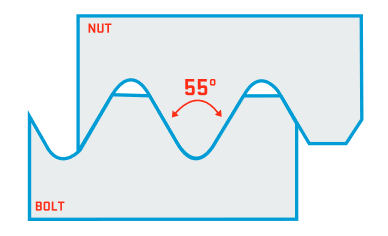

“G” in this designation comes from Gas.
Designation
According to ISO 228-1, the threads are designed like examples in the below table:

ISO 7-1 Pressure tight – BSPT & BSPP
The last thread type that we are going to study in this article is the threads that are the subject of ISO 7-1.
ISO 7-1 presents internal and external threads where pressure-tight joints are made on the threads. The thread angle like ISO 228 is 55°.
The taper is 1:16, meaning that for every 16 units of measurement increase in the distance from the end, the diameter increases by 1 unit of measurement.

Designation
The external thread always is tapered but the internal thread has parallel type also.
The table below shows some designation examples.

Letter “R” comes from Rohr that means pipe in German. “P” is the first letter of Parallel and “C” from Conic.
Conclusion
The table below shows a summary of what we have studied:
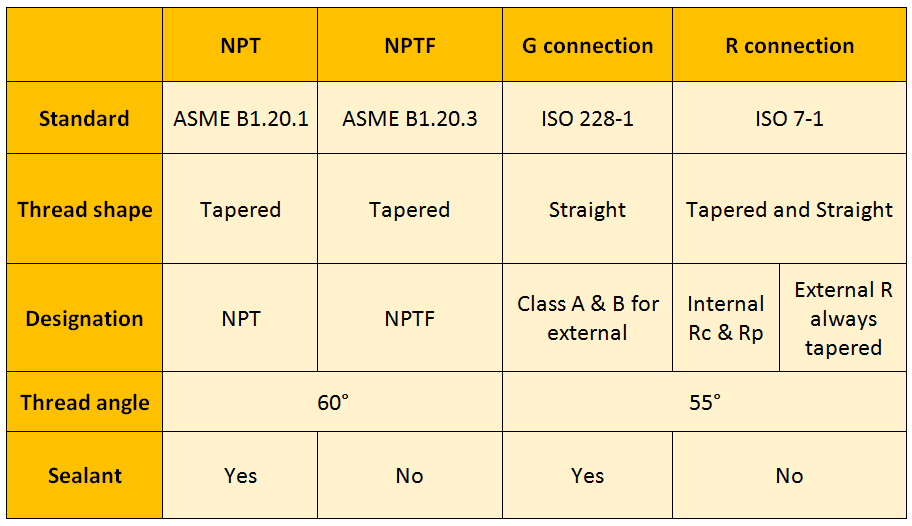
Author: Hanif Yazdani
Read Next:
- Vibration Measurement
- Control Valve Training
- Instrumentation Transducers
- Instrument Protection Method
- Temperature Gauge Specification
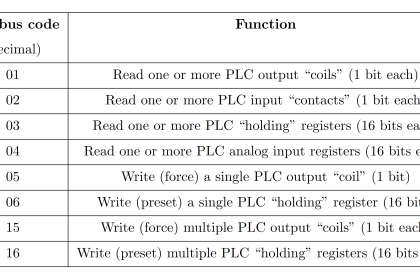
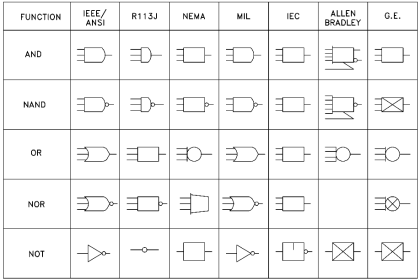


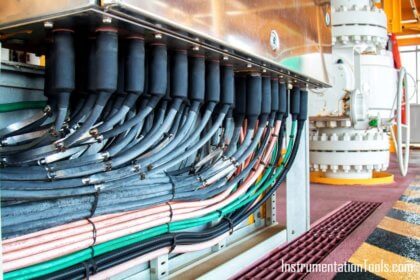





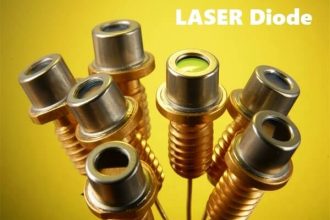
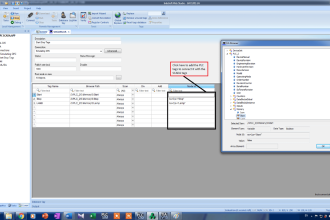


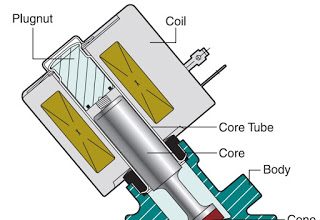


thread M, such as M20x1.5 is very common.
Thanks very much .
The information is very useful
YOU GIVE VERY INTERESTING INFORMATION MAY GOD REWARD YOU PARADIZE THANKING YOU SO MUCH INDEED